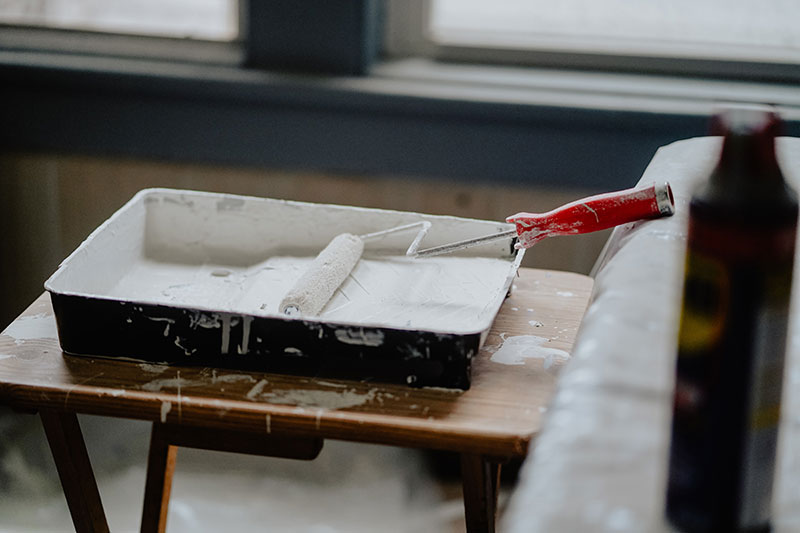Advertisement
If you have an old or outdated home, renovations may be required to make it look more presentable and modern. Home renovations may also be necessary for homes that require extensive repairs from damages due to weather, natural disasters, neglect, criminal activity and more.
A large renovation project may require tens of thousands of dollars. You may even need to borrow money to finance your remodelling.
Here, we will focus on how you can finance home improvements via a home renovation loan.
Different Ways to Finance a Home Renovation in Canada
A home equity line of credit is a revolving line of credit. It is a secured form of credit whereby the equity you have accumulated from your home serves as collateral. Interest rates tend to be lower than the rates charged for conventional lines of credit and unsecured loans.
Mortgage refinancing consists of replacing your current mortgage with a new one. A cash-out refinance will replace your existing mortgage, and pay you for the equity you have accrued in your home. You can use this money for anything you like, including a renovation. The terms of your new mortgage, and how much money you get from a cash-out refinance will depend on a wide range of factors including how much home equity you have, current interest rates, your credit score and how you negotiate with your lender.
A personal loan consists of a lump sum that you will need to pay back according to a pre-designated payment schedule. You will be charged interest on your loan, and many personal loans are unsecured, so interest rates tend to be higher than secured loans.
A home equity loan is also known as a second mortgage. Your property will be used as collateral, and you will be borrowing against your home equity, so interest rates will be lower than with personal loans or credit cards.
You will be provided with a lump sum of money that can be used to fund your home renovations. The interest rate can be either variable or fixed, and you may also need to pay some closing costs.
You can also opt for financing upon the purchase of your home.
However, choosing HELOC as an option is generally the preferred means of obtaining funding for home renovations for most homeowners. It is very flexible, as you can draw cash from your lender as many times as you want each month, and only have to pay the interest rate until the term of the line of credit is over.
How Much Can You Borrow For a Home Renovation Loan?
You need to know how much money you will need to fund your project and how much money you can obtain by selecting your financing option. If you want to enjoy the best rates and terms, you need a superb credit rating.
You should not have any credit cards maxed out, and you should also not have late or missed payments in the last year. While it is possible to get a loan with a less-than-stellar credit rating, why make your life more difficult than it has to be?
A poorer credit rating will usually translate to a smaller loan amount and a higher interest rate, so you may want to get your finances in order before seeking out funding for your home improvement project.
The loan-to-value ratio is also something that you need to be aware of. The loan-to-value ratio serves as a percentage of your property’s appraised value compared to how much money you are requesting. Your lender will evaluate your loan-to-value ratio to determine the loan amount they will issue.
Typically, the limit will be roughly 80% of the total value of your home. To illustrate, if your home were valued at 125k, you would be able to borrow up to 100k.
If you have an excellent credit score, you may be able to borrow up to the limit. Conversely, if you have a poor credit rating, you may be able only to obtain 60% of your home’s value.
It should also be noted that obtaining a 100% limit is possible. However, fees and interest rates tend to be high at such limitations, it would not be recommended for most borrowers.
What Home Improvements Add the Most Value to Your Home?
All remodelling projects are essentially created equal. However, if you want to maximize your return on investment, you should focus on master suite, bathroom, kitchen, and family room add-ons to greatly increase the value of your home.
Going All In
Before you start working on your home, you need to consider your budget, design style, the season, the amount of space you have at your disposal, and whether or not you want to hire a licensed contractor or tackle the project yourself.
Ideally, you should hire a licensed and bonded professional, as they will know which materials to use to maximize your return on investment.

